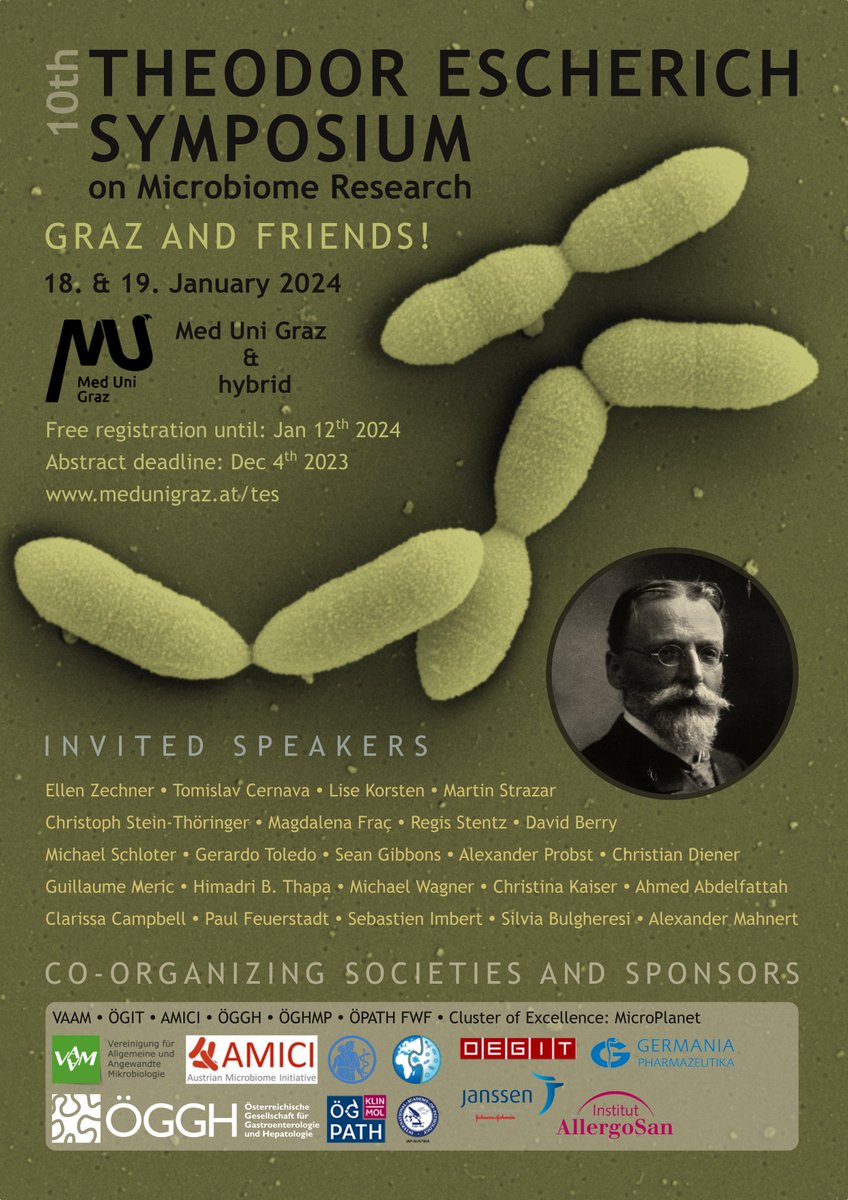
Alexander Mahnert🇪🇺🇺🇦
@alexmahnert
Microbiome researcher at the Medical University of Graz | focused on confined built environments | human associated archaea | applied bioinformatics and PP
ID: 975707427856355328
https://www.medunigraz.at/center-for-microbiome-research/ 19-03-2018 12:15:53
324 Tweet
186 Followers
106 Following




🚀 Our latest review, "The Indoors Microbiome and Human Health," is now out in Nature Reviews Microbiology! rdcu.be/dOkJn 🦠 Discover how indoor microbes impact our health & explore strategies for health-promoting spaces. With Erica Marie Hartmann & figures by Kat Gilbert

‼️Exciting news this morning! Our new preprint on human skin #archaeome is online. A great collaboration with the Schleper lab Schleper Lab Vienna, spearheaded by Alexander Mahnert🇪🇺🇺🇦 supported by many colleagues and friends! 👇Details: biorxiv.org/content/10.110…







It took 10 years of research to finally prove the presence of archaea on human skin. What a challenging yet thrilling journey! Big thanks to Schleper Lab Vienna for the amazing collaboration, discussions, and dedication to our shared vision. 🙌🔬 #ResearchJourney #Collaboration



